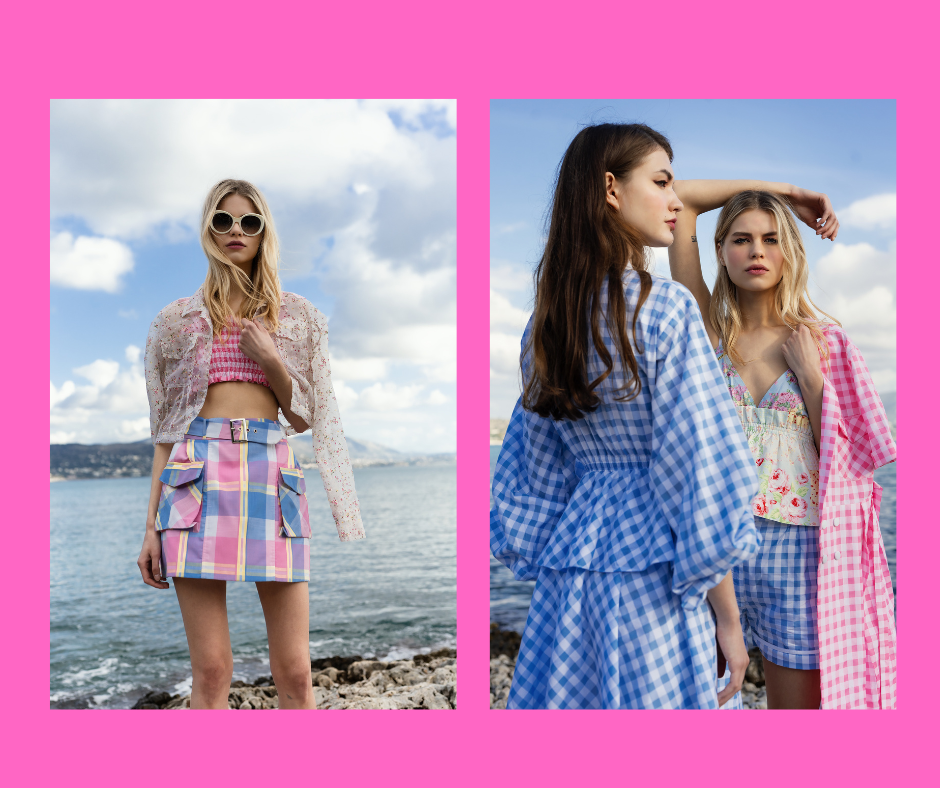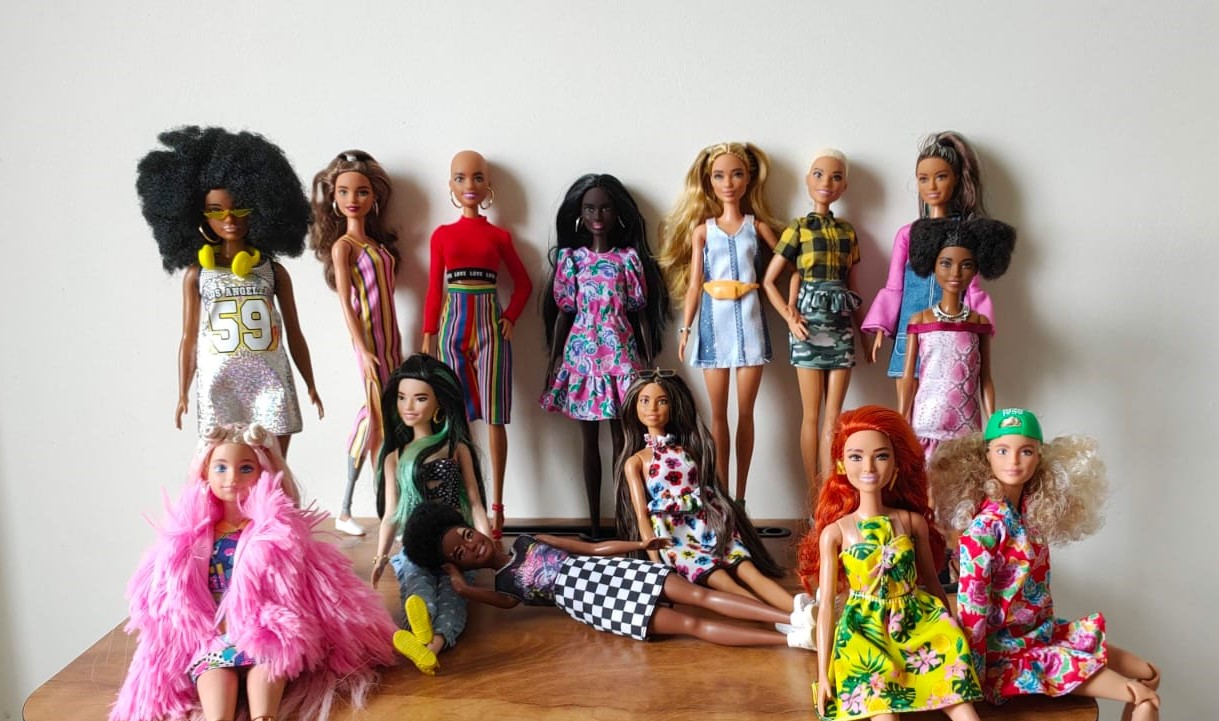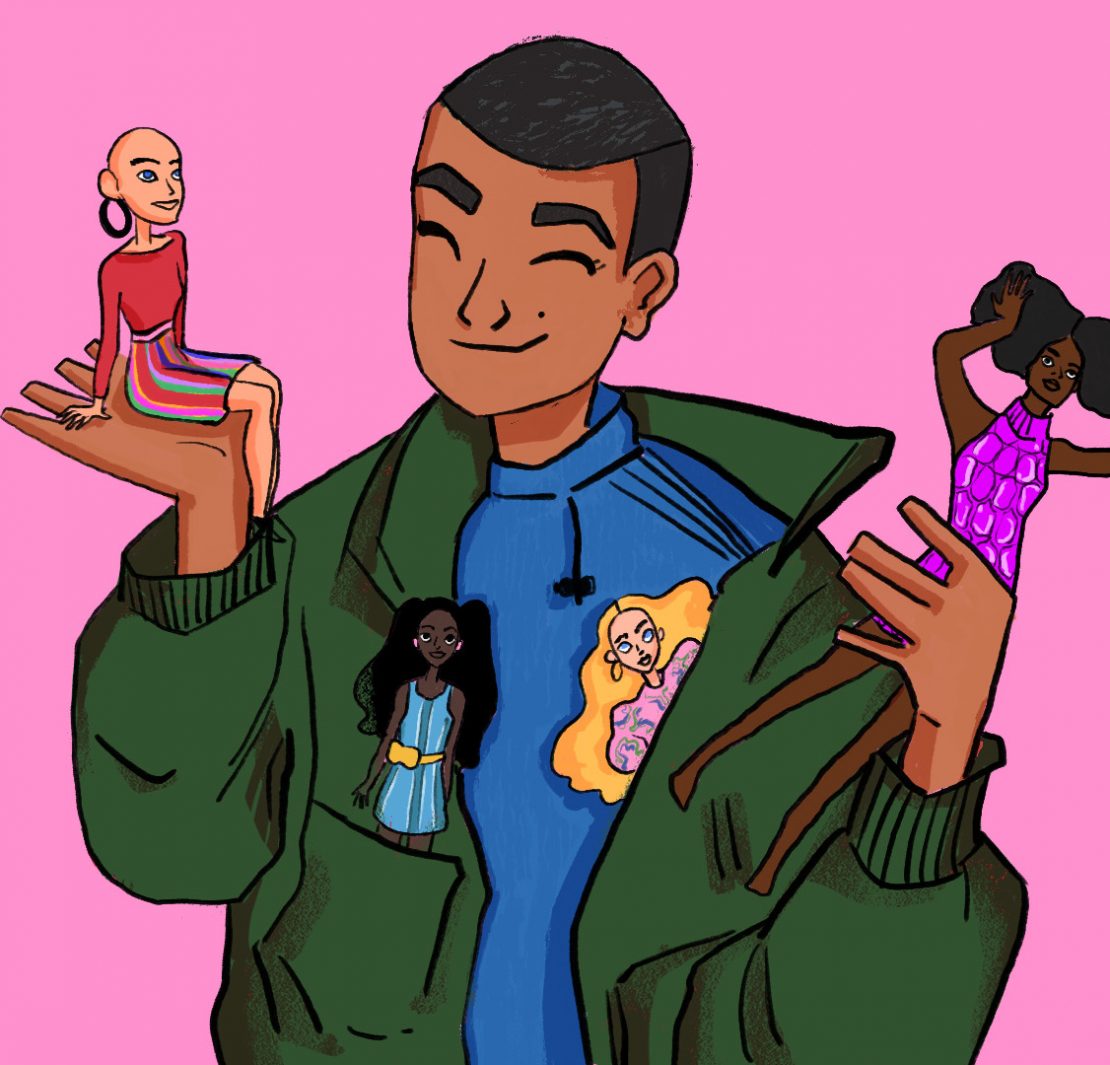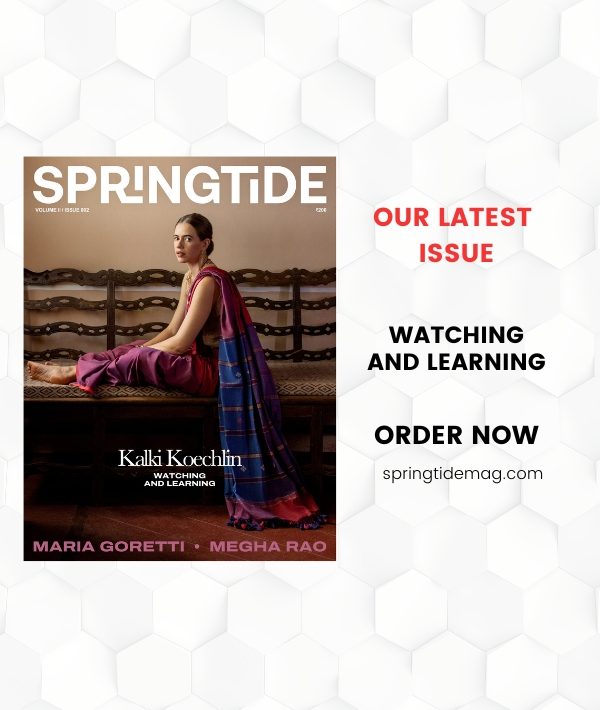Throughout my entire life, I was constantly told, “Boys don’t play with dolls”.
However, ironically, it was my own father who introduced me to dolls during the summer of the ’90s. Little did he know that this simple introduction would snowball into an addiction beyond any drug on the planet could provide – with no side effects apart from an insatiable craving for all things pink.
I can still vividly recollect that bright pink cardboard box, which boldly screamed, “MY FIRST BARBIE,” containing a lanky, modelesque figure dressed in purple and white. This blonde beauty was scandalous enough as she came with a pair of breasts and a dangerously short dress. Immediately, I knew she was my kind of superhero!
I would spend hours and days making her my main character, my alter ego. Some days, she would play the role of a doctor tending to my broken set of G.I. Joe figures, while on most others, she would shine as the superstar she was. And, of course, she needed a new wardrobe to suit each part.
Sneakily, I would tear clothes and trimmings to create DIY dresses for my Barbies. My grandmother’s scalloped kerchief would be transformed into poetic day dresses inspired by Zimmerman’s designs. Simple socks would undergo a metamorphosis, becoming very Sonia Rykiel-esque Parisian knits. Little did I know, at that very moment, a fashion seed was planted, innocently yet powerfully. And, just like that, a designer in me was born.
As my Barbie collection grew, so did my imaginative world. Each doll became a unique character, bringing its own flair and personality to the stories I crafted. I cared not for societal norms or judgments; for me, these dolls represented power, creativity, and endless fashioning possibilities. The colour pink once considered a stereotype, transformed into a symbol of empowerment for me. My playtime with dolls taught me that true strength lies in embracing one’s interests and passions, regardless of societal expectations.
Looking back, I realize that those seemingly innocent moments of play were the building blocks of my artistic expression and individuality. It taught me that true creativity knows no boundaries, and inspiration can be found in the most unexpected places.
Stereotypical as it may sound, the beginning of many fashion designers’ journeys is quite similar. And, in some way, Barbie has a powerful role to play in all of them. However, as I grew up, this obsession with dolls became a point of contention with the male-dominant hetero-narrative script of life, and my dolls were taken away to make me conform more to societal ideas of masculinity.
Gradually, the Barbie dream took a back seat, but it lingered in my heart. I found solace in visiting Hamleys, gazing at those pink shiny boxes.
But times changed, and so did my perspective. Breaking free from the factory clutter mentality, I expressed my desire to pursue my dreams openly. With newfound determination and the support of my loving family, I enrolled in design school, ready to embark on a journey that aligned with my true passion. And just like that, a new chapter of Barbie Pink began in my life all over again.
Barbie returned, never to be shunned to the back of cupboards again. She became my miniature muse, a fit model for my 1/4th scale designs. Like a can of Coke exploding after all those bumpy rides, my creative soul had a pink outburst, collection after collection, design after design.

Subconsciously, Barbie became forever pinned as an icon and muse in whatever I chose to create. Pink became my signature hue, and Barbie became the core aesthetics of my work, long before “Barbie Core” was even a term. Every client, model, or celebrity I had the opportunity to dress up was treated as a life-sized Barbie by me. I celebrated their uniqueness and encouraged them to revel in clothes that brought them merriment, rather than conforming to societal expectations.
It was much later during the pandemic when I had a YOLO realization, and I decided to revive my Barbie collection. I thought to myself, if I were to face the worst outcome of the pandemic and die coughing my lungs out, I would regret not embracing what I truly love. And that’s how the pink wave of Barbie joy hit my life again amidst the darkest days of the second wave of the pandemic.
My dearest cousin became my partner in this new Barbie adventure. She religiously brought special edition Barbie dolls from her annual trips from the US to back home to me. It was quite an amusing sight to imagine her entering India with a bag filled with dolls, cautiously passing through security.
Today, my room resembles the set of the Annabelle movie, adorned with dolls from across the world, old and new, proudly occupying every square inch of the property, living rent-free and guilt-free. However, my heart still aches when I type “Barbie” into an online portal, only for the AI to immediately suggest “Barbie doll for girls.” It serves as a constant reminder of the gender biases that still persist.





